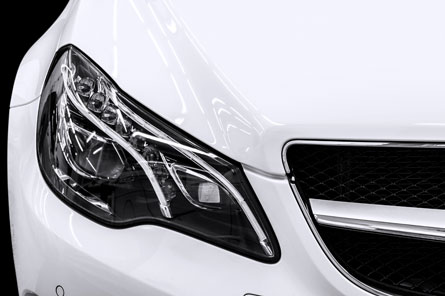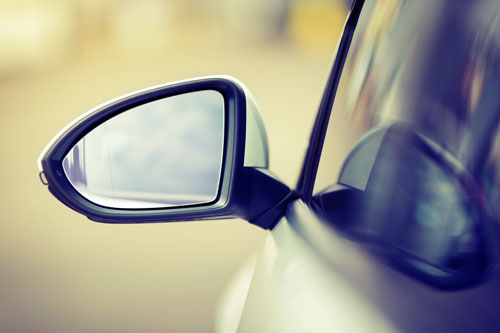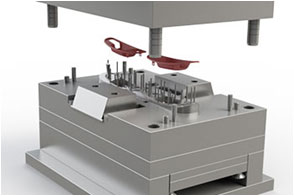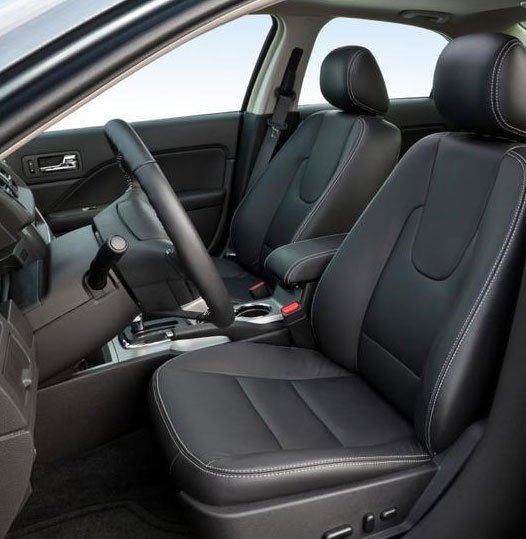- Details
- Written by Super User
- Category: Uncategorised
- Hits: 3685
PLM is a strategic business approach that applies a consistent set of business solutions in support of the collaborative creation, management, dissemination, and use of product definition information across the extended enterprise, and spanning from product concept to end of life-integrating people, processes, business systems, and information. PLM forms the product information backbone for a company and its extended enterprise."
The core of PLM (product life cycle management) is in the creations and central management of all product data and the technology used to access this information and knowledge. PLM as a discipline emerged from tools such as CAD, CAM and PDM, but can be viewed as the integration of these tools with methods, people and the processes through all stages of a pro duct's life.
"It is important to note that PLM is not a definition of a piece, or pieces, of technology. It is a definition of a business approach to solving the problem of managing the complete set of product definition information-creating that information, managing it through its life, and disseminating and using it throughout the lifecycle of the product. PLM is not just a technology, but is an approach in which processes are as important, or more important than data."
The Function of PLM
PLM Software can do a lot. It can streamline product development processes, enhance productivity and create a more effective environment for deploying, implementing and achieving strategic business initiatives. Following are some key aspects of PLM, provided by Product Lifecycle Management.
- Manage design and process documents
- Construct and control bill of material (product structure) records
- Provide an electronic file repository
- Include built-in and custom part and document metadata ("attributes")
- Identify materials content for environmental compliance
- Permit item-focused task assignments
- Enable workflow and process management for approving changes
- Control multi-user secured access, including "electronic signature"
- Export data for downstream ERP systems
Benefits of PLM Software
PLM Software supports the product development process, integrating people, data, processes and business systems and providing a product information backbone for companies and their extended enterprise. The benefits of PLM software focus around time, cost and quality. These benefits include:
- Faster time-to-market
- Improved cycle times
- Fewer Errors
- Less scrap & rework
- Greater productivity
- Greater Design efficiency
- Better product quality
- Decreased cost of new product introduction
- Insight into critical processes
- Details
- Written by Super User
- Category: Uncategorised
- Hits: 3494

Desler had broad expertise in delivering complete exterior trim design & engineering programs including managing the integration of complete systems or individual components. This includes design feasibility, detailing, analysis, prototyping, testing, validation & implementation into product launch.
Desler engineers are fully conversant with delivery of finished designed or manufacturing elements for all exterior trim systems such as bumper,rear bumper,fender,spoilers and lighting system.
Bumper systems are key areas of expertise with engineers able to effect the fast translation of design ideas into production, addressing issues such as structural impact performance in line with industrial requirements, material selection, fixing methods, joint conditions, fit & finish, colour matching & production launch support.
- Details
- Written by Super User
- Category: Uncategorised
- Hits: 3198

Visualize module is an indispensable part of our automotive lighting design process. Our customers focus not only on optical performance, but also increasingly on the visual appearance of the illuminated product. With the visualize module, we can quickly & accurately simulate an illuminated product in a studio or outdoor environment at various viewing angles, which is key because product appearance & illumination levels can change drastically at different view points.
Our expertise lies in product creation, design engineering, testing, validation & manufacture feasibility of interior & exterior mirrors, actuators, electronic vision systems, door handles, overhead consoles w.r.t beam focal point as its primary position.
- Details
- Written by Super User
- Category: Uncategorised
- Hits: 4082

Automotive Manufacturing
 The automotive industry is increasingly under pressure to improve its performance in terms of manufacturing costs, cycle times, quality and operating efficiency – just to name a few. Globalization has created new demands for worldwide operations, which can be scaled up or down, or to suit market demands. ‘Engineered to Order’ is increasingly the norm, while on the other hand, costs are under heavy pressure.
The automotive industry is increasingly under pressure to improve its performance in terms of manufacturing costs, cycle times, quality and operating efficiency – just to name a few. Globalization has created new demands for worldwide operations, which can be scaled up or down, or to suit market demands. ‘Engineered to Order’ is increasingly the norm, while on the other hand, costs are under heavy pressure.
Forward-thinking manufacturers are recognizing the need to interface manufacturing technologies with business layers to provide real time measurable data, and to increase interoperability between manufacturing, Product Lifecycle Management (PLM), Enterprise Resource Planning (ERP), and Customer Relationship Management (CRM) in order to improve automotive products for global customers.
Micro-components injection moulded shot by shot with absolute repeatability. Complex mouldings featuring uncompromisingly tight dimensional tolerances. As part of system solutions covering all steps along the value chain. From design and material selection to your finished, qualified product.
Whether in customer-specific tooling or in contract moulding: We attach great importance to quality and precision at high flexibility and fast response. Our expertise ranges from commodity thermoplastic resins to high-temperature materials. From insert to multi-material moulding. From proprietary mould bases to series production moulds
The precision sheet metal components are manufactured from highly advanced pressing, casting and other machines. They find application in a large array of industries like automobile,railways, heavy engineering industries, construction industries, electrical industries, etc
- Details
- Written by Super User
- Category: Uncategorised
- Hits: 3248
Desler engineers are responsible for engineering & design of seat, mechanisms & structures including the design, development which can support manufacturing for improvement of current systems and advanced development of new systems including Seat adjusters, Recliners, Head Restraints, Lumbar mechanisms, Seat back latches, Floor latches etc.

